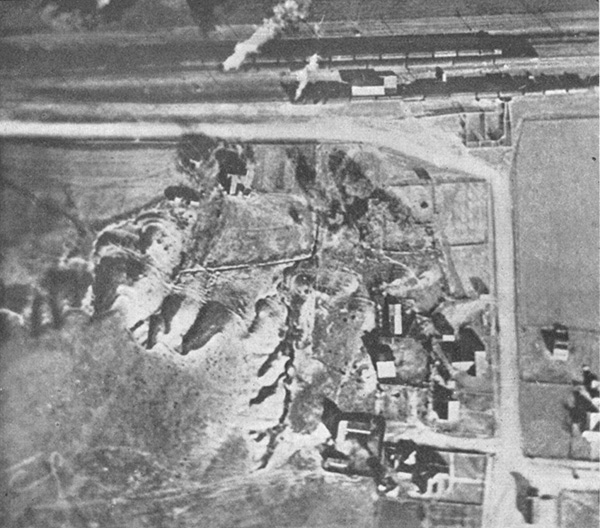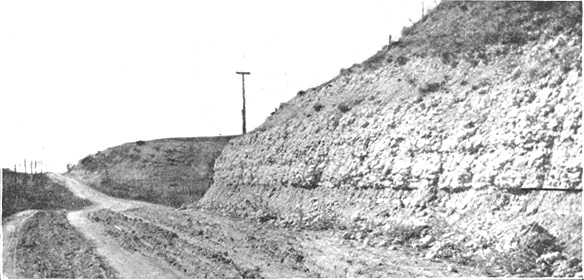 Plate 1. Goodland limestone (top of Fredericksburg division) at the Lake Worth Dam, 8 miles northwest of Fort Worth. |
[ pages: 1-23 ... 24-39 ... 40-59 ... 60-85 ... plates ... index ]
 Plate 1. Goodland limestone (top of Fredericksburg division) at the Lake Worth Dam, 8 miles northwest of Fort Worth. |
 Plate 2. Fig. 1. Airplane view of top of Goodland limestone, Benbrook, Texas (Locality described by Taff.)  Plate 2. Fig. 2. Goodland limestone, Stove Foundry Road [Vickery], 4 miles west of Fort Worth. The base of the telephone pole is the Upper Salenia horizon. [The same view today?] |
[ pages: 1-23 ... 24-39
... 40-59 ... 60-85
... plates ... index
]